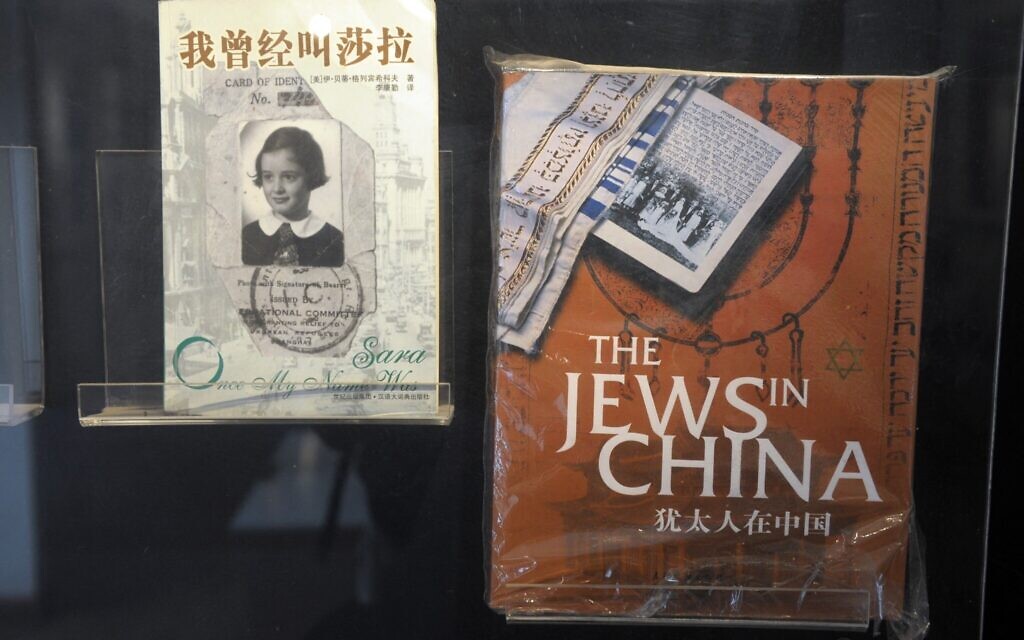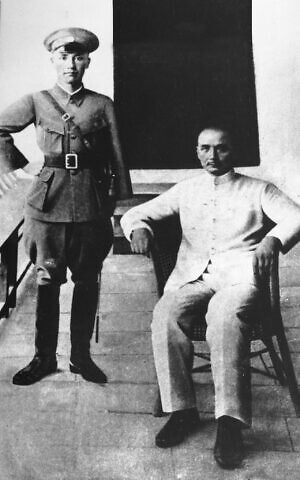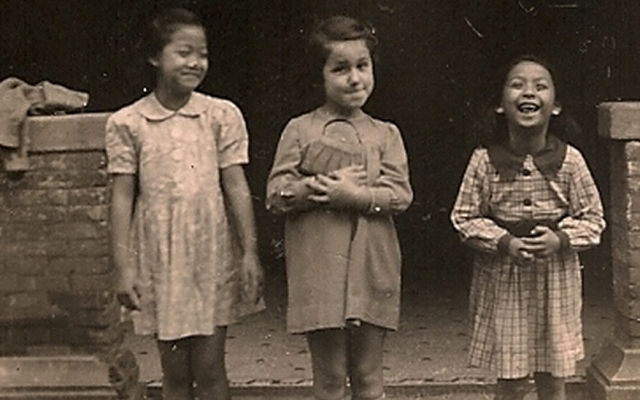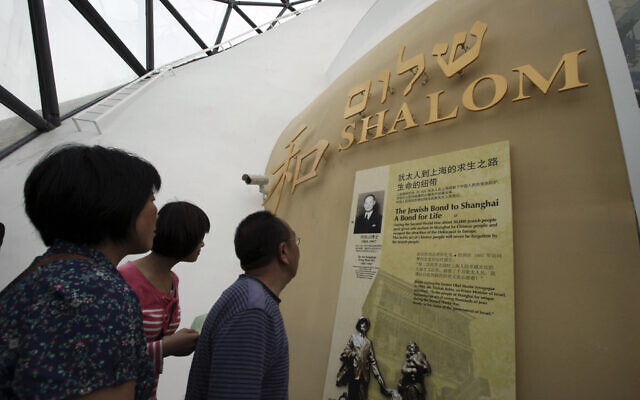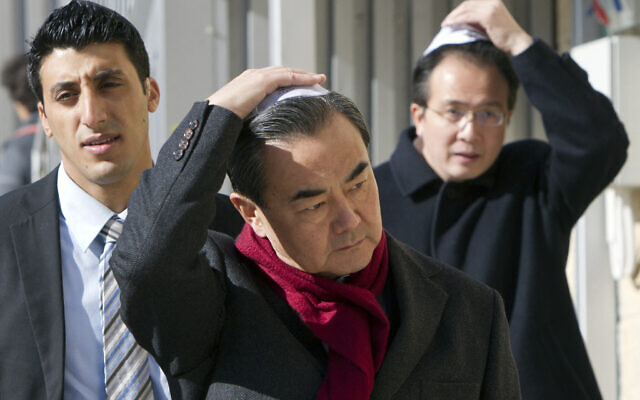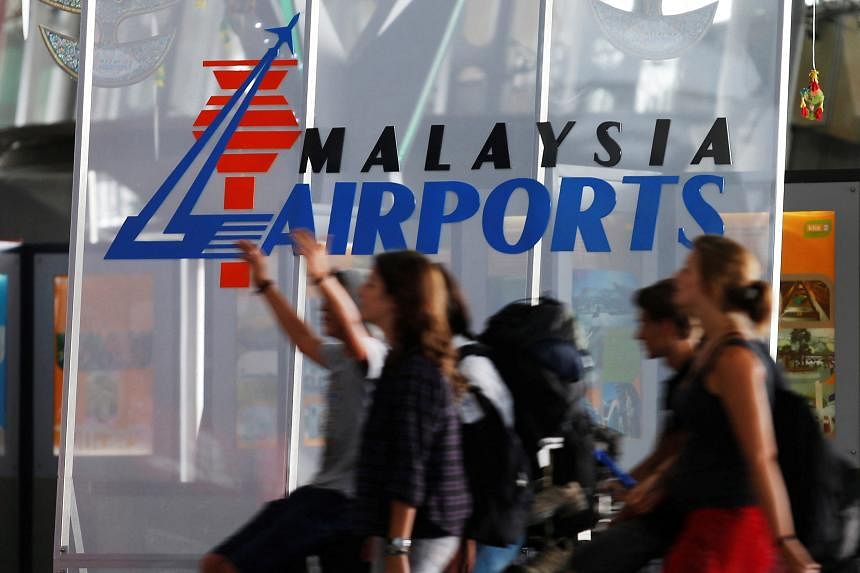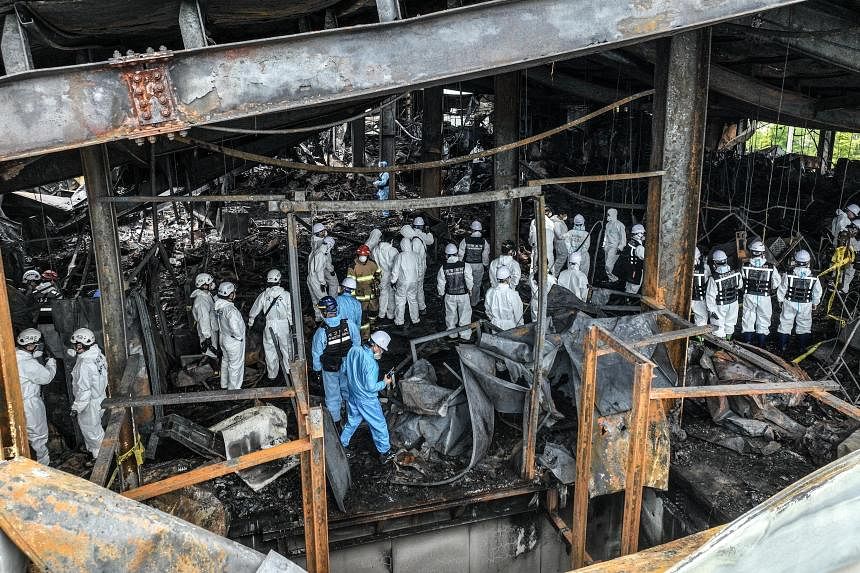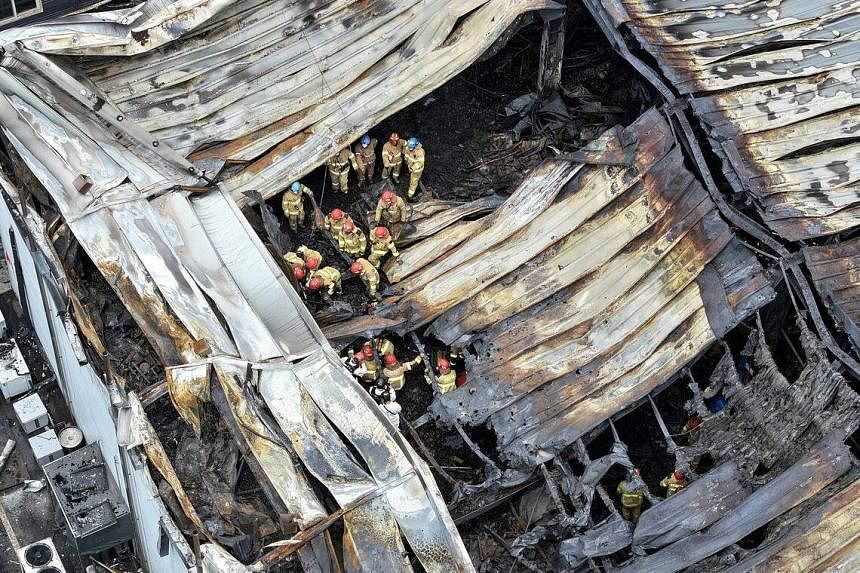Hurtling past 240m

IT was futile to expect Pakistan’s phenomenally high population growth rate and staggering population numbers of over 240 million to find mention in any of the budget speeches. The impact of a large population on lowering per capita incomes and forecasted economic growth rates of two to three per cent barely featured in post-budget discussions. Additionally, the glaring link between population numbers and declining per capita income was all but ignored, as was its impact on poverty and the low rate of household investment and savings.
Surprisingly, it did not occur to media pundits or policy advisers to challenge how an economic growth rate as sluggish as 2-3pc could possibly absorb a population growth rate of over 2pc and pull the country out of an economic abyss. In a nutshell, among the numerous remedies for reviving the economy, the strong potential impact of reducing the population growth rate was overlooked.
More than five years have passed since the Supreme Court took notice of the 2017 population census, which reported a growth rate of 2.4pc. Another census was held in 2023, supposedly to validate these results. The latest census ended up recording an even higher five-year intercensal population growth rate, with the latest figure standing at 2.55pc. The population estimate of 241m is unacceptably higher than any projections made for 2023 by international agencies such as the UN Population Division, in addition to national demographers and statisticians.
The political buzz around the 2023 census results resembled an auction, with each province and political group asking for greater allocation of resources, commensurate with their population size.
The prime minister must prioritise the challenge of reducing the population growth rate.
The provinces and parties that gained additional seats and resources were presumed the winners, and those that reduced their share of the pie by declaring smaller numbers, the losers. Amid the enthusiasm for financial resources and political representation, the principle that the census count is meant to calculate the needs of the citizens, according to the Constitution, was forgotten.
Of deep concern is the fact that the exaggerated intercensal population growth rate has gained wide acceptance among officials, including economic policy planners. Up to the 1990s, the Planning Commission, tasked with five-year plans, would have expressed concern over evidently distorted population figures. In that scenario, the contested intercensal growth rate of 2.55pc would have been re-evaluated and verified through consultations at the highest level before it was accepted. The concerned census commissioners would have meticulously weighed and vetted the numbers, even to the point of scrutinising a decimal place of change in population growth because of its multiple implications for economic planning.
Those were the good old days, when the addition of a million or even thousands of citizens to the population was taken seriously and the associated needs duly addressed. Population-related concerns were prioritised in policymaking. The current NFC award, which gives 82pc weightage to population size, is a pernicious incentive to exaggerate population size. To top it all, many view the census as merely an exercise to allocate parliamentary seats and demarcate constituencies.
Realising that lowering fertility rates was conducive to human development, the leadership of many a country formulated and implemented effective population policies. President Suharto of Indonesia in 1967, Sheikh Mujibur Rahman of Bangladesh in 1975, and president Khamenei of Iran in the late 1980s took that course of action. Even the Muslim Gulf states have an average total fertility rate of two children per woman. Saudi Arabia now has a fertility rate of 2.4 children per woman, which is one child less than Pakistan.
When the Government of Pakistan declared an educational emergency last month, it raised hopes that a population emergency would follow. There has been a clear neglect of the education sector despite Article 25-A of the Constitution, which makes free primary education mandatory. The failure of not reducing fertility has increased the number of out-of-school children.
If the population policy of 2002 had been successfully implemented, fertility rates would have reached 2.1 children per woman by 2020. Consequently, we would not have a single child out of school based on our existing efforts to raise educational enrolment rates. However, as things stand, there are 23m children who are out of school due to the challenge of accommodating 7m additional children each year. As a result, we are leaving behind a generation of incapacitated children who cannot read or write and are likely to be stunted due to poor nutrition.
We ask the prime minister to prioritise the challenge of reducing the population growth rate for multiple reasons. The most important among them is to protect the fundamental human right of millions of children to basic education. This nation is in dire need of leadership on an important policy matter which impacts the lives of millions.
The oversight of not pursuing the 2002 population policy, or the CCI Plan of Action, 2018, does not implicate the government in power as it spans two decades of negligence. What is available now is an opportunity for the current political leadership to seize the moment and make a difference through appropriate course correction.
It is an opportune time for the prime minister to mobilise all four chief ministers in the next meeting of the Council of Common Interests to renew their pledge to the CCI’s population decisions of 2018. The religious leadership stands united in supporting the new population narrative of tawazzun (balance), which gives individuals the right to balance their family size in accordance with their resources.
Additionally, all major political parties currently in power in the provinces have expressed their support for decisions of the CCI in their respective 2023 manifestos.
Not taking immediate policy action on tackling population growth rates will be a huge blunder, one with a huge cost for the country.
The writer is Country Director, Population Council.
Published in Dawn, June 29th, 2024
